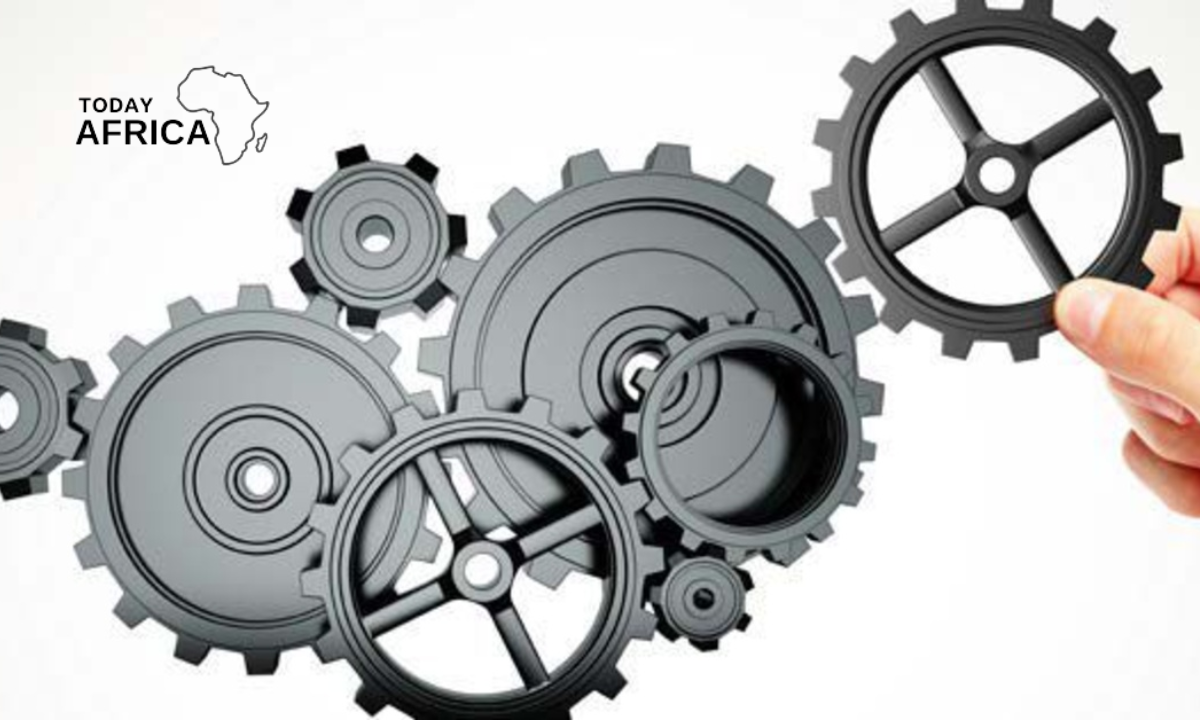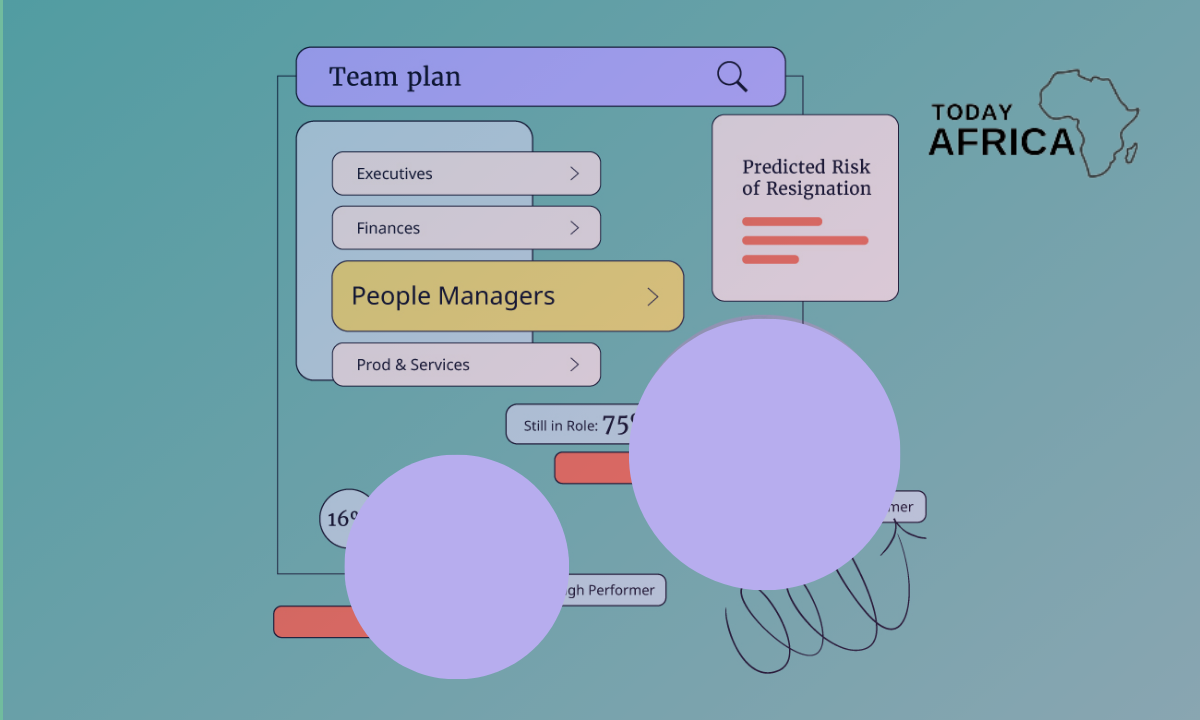Short-term assets are the lifeblood of any business’s day-to-day operations. They represent the resources a company has that can be quickly converted into cash (typically within one year or the operating cycle, whichever is longer).
Understanding and effectively managing short-term assets is crucial for businesses to maintain financial stability and meet their short-term obligations.
This blog post explains what are short-term assets, various categories with detailed examples, and their significance for your business.
What are Short-term Assets?
Short-term assets, often referred to as current assets, are a vital component of a company’s balance sheet. These assets are expected to be converted into cash or used up within a relatively short period, usually one year or an operating cycle, whichever is longer. They serve as a measure of a company’s liquidity and its ability to cover short-term obligations.
The management of short-term assets is crucial for maintaining operational efficiency and meeting short-term financial obligations. Striking a balance between optimizing these assets and avoiding excess inventory or uncollected accounts receivable is key.
Analyzing the composition and trends of short-term assets helps evaluate a company’s working capital management, efficiency, and potential liquidity risks. It also provides insights into a company’s ability to respond to sudden market changes or capitalize on new opportunities. Short-term asset management is integral to a company’s financial health, as it supports day-to-day operations while enabling strategic decisions for sustainable growth.
Hence, careful analysis of short-term assets and liabilities is highly necessary to keep your business operating efficiently. Also, current assets are highly used in ratio analysis of the company, which tells the user where the company is standing compared to its global peers.
Examples of short-term assets include:
- Cash and cash equivalents: This includes currency, bank balances, and short-term investments that can be quickly converted into cash, such as money market funds.
- Accounts receivable: Amounts owed to the business by its customers for goods or services sold on credit. These are expected to be collected within a short time frame, typically 30 to 90 days.
- Inventory: Goods available for sale, raw materials, and work-in-progress items. Businesses expect to sell these items and convert them into cash within one year or an operating cycle.
- Prepaid expenses: Payments made in advance for goods or services to be received in the future. For example, a company might prepay its rent or insurance for the next six months. As the months pass, the prepaid amount is gradually expensed and reduced.
- Short-term investments: Investments that a company intends to sell within one year, such as stocks or bonds of other companies.
- Marketable securities: Debt or equity securities that are easily sold in the financial markets.
- Notes receivable: Short-term loans made by the company to other entities, due within one year.
- Other current assets: This category may include other assets that don’t fit neatly into the categories above but are still expected to be realized in cash or used up within the business’s next operating cycle or year.
Importance of Short-term Assets for Businesses

- Liquidity: A healthy level of short-term assets ensures a business can meet its short-term obligations, such as paying suppliers, salaries, and taxes. This financial flexibility is essential for smooth operation and growth.
- Financial ratios: Short-term assets play a crucial role in calculating key financial ratios like the current ratio and quick ratio. These ratios assess a company’s ability to pay off its current liabilities with its current assets. Strong ratios indicate financial stability and are often considered by lenders and investors.
- Profitability and efficiency: Efficient management of short-term assets, especially inventory, reduces carrying costs and improves cash flow. Additionally, analyzing inventory turnover helps businesses optimize their production and ordering processes.
Advantages
Let us understand the advantages of managing short term assets through the points below.
- They are highly liquid and used for working capital management of the company.
- They are used for ratio analysis and peer group analysis. It also talks about the liquidity state of the company and how liquid the company is for repaying its short-term obligations.
- Having a good amount of current assets on the company’s balance sheet makes the company liquid in nature. Also, it tells us about the company’s plans as more cash and more retained earnings are used for the future and further investment in the company’s future goals.
- Current or short-term assets are highly convertible and usable. They are of physical existence and are tangible.
Disadvantages
Despite the advantages mentioned above, there are a few other factors that could prove to be a hassle for businesses. Let us understand the disadvantages through the explanation below.
- Too much of the balance sheet is tied up in the current assets; this can be a sign of the bad financial health of the company.
- Too much capital stuck in the company’s existing assets signifies its inefficient working capital, and the company is not properly using its current assets. It can cause a loss of market share and business.
- Short-term assets are highly liquid, making them a good portion for analysis as any company cannot afford to have too many current assets on their balance sheet, especially cash in hand and the bank.
See Also: How to Prevent Cash Flow Problems
Strategies for Managing Short-Term Assets
Here are some strategies businesses can employ to optimize their short-term asset management:
- Cash flow management: Implement strategies to collect payments from customers promptly and manage expenditures effectively.
- Inventory control: Maintain optimal inventory levels to minimize carrying costs while avoiding stockouts. Utilize forecasting techniques and just-in-time (JIT) inventory management to ensure inventory aligns with demand.
- Credit policy: Establish a clear credit policy with defined credit terms for customers. This includes setting credit limits, payment deadlines, and potential penalties for late payments. A well-defined credit policy reduces the risk of bad debts and improves the collection rate of accounts receivable.
- Accounts receivable management: Implement efficient processes for invoicing customers promptly, following up on outstanding payments, and offering early payment discounts to incentivize timely settlements.
- Investing idle cash: Invest surplus cash in short-term, low-risk instruments like money market funds or short-term CDs. This strategy generates a return on idle cash while maintaining high liquidity.
- Working capital management: Analyze and optimize working capital, which is the difference between current assets and current liabilities. A healthy working capital level ensures sufficient resources to cover short-term obligations without excessive investment in inventory or receivables.
What are Short Term Assets Examples
Let’s use Today Africa (Disclaimer: This is for educational purpose)
OceanView Electronics – Balance Sheet (Extract)
As of December 31, 2023
CURRENT ASSETS:
- Cash and cash equivalents: $5,000
- Includes cash in bank, money market funds, and other liquid funds.
- Accounts receivable: $3,000
- Amounts due from customers for services provided.
- Inventory: $2,500
- Broken down as:
- Products: $1,000
- Work-in-progress: $500
- Finished services: $1000
- Broken down as:
- Prepaid expenses: $500
- Advance payments for rent and utilities for the upcoming months.
- Short-term investments: $1000
- Investments in stocks and bonds of other companies that Today Africa plans to sell within the year.
- Marketable securities: $750
- Easily tradable debt securities purchased for potential short-term gains.
- Notes receivable: $250
- Short-term loans given to a vendor with an agreement to pay back within the year.
TOTAL CURRENT ASSETS: $13,000
From the above extract:
- Today Africa has a total of $13,000 in short-term assets.
- These assets are crucial for the company’s day-to-day operations and can be used to finance its short-term obligations.
Short Term Assets Vs Long Term Assets
Managing short term assets and long term assets are two categories of assets found on a company’s balance sheet. They have distinct characteristics and functions. Let us understand the key differences through the comparison below.

Short term assets
- Expected to be converted into cash or used up within a relatively short period, usually one year or an operating cycle, whichever is longer.
- Primarily aimed at supporting a company’s day-to-day operations and meeting short-term financial obligations.
- Examples include cash, accounts receivable, inventory, prepaid expenses, and short-term investments.
- Provide liquidity and help maintain working capital to cover short-term liabilities.
Long term assets
- Expected to provide benefits to the company over an extended period, typically beyond one year or an operating cycle.
- Primarily contribute to the company’s productive capacity, growth, and value creation.
- Examples include property, plant, equipment, intangible assets, long-term investments, and goodwill.
- Serve as assets that generate revenue, contribute to operations, and enhance the company’s competitive advantage.
See Also: What is a Monthly Cash Flow Plan?
Frequently Asked Questions (FAQs)
What is the difference between long-term and short-term assets?
Long-term assets have a long shelf-life, e.g., 10, 20, 50 years, etc. At the same time, short-term assets have a term of 1-2 years, up to 5 years. Therefore, one must refrain from converting long-term assets into cash as they are utilized for a few years. They are not used to satisfy short-term business needs. In contrast, short-term assets are used to fulfill short-term business requirements and converted into cash.
Why is short-term asset allocation important?
A prudent short-term allocation is essential for an individual as it assures earning a sufficient return, adequate liquidity, minimum risks, and taxes, along with helping to achieve financial objectives. Moreover, it also helps to align investments as per time horizon.
Are only short-term assets depreciated?
Short-term assets known as current assets are not depreciated. Long-term assets are depreciated as an expense over the period being used.
References:
















